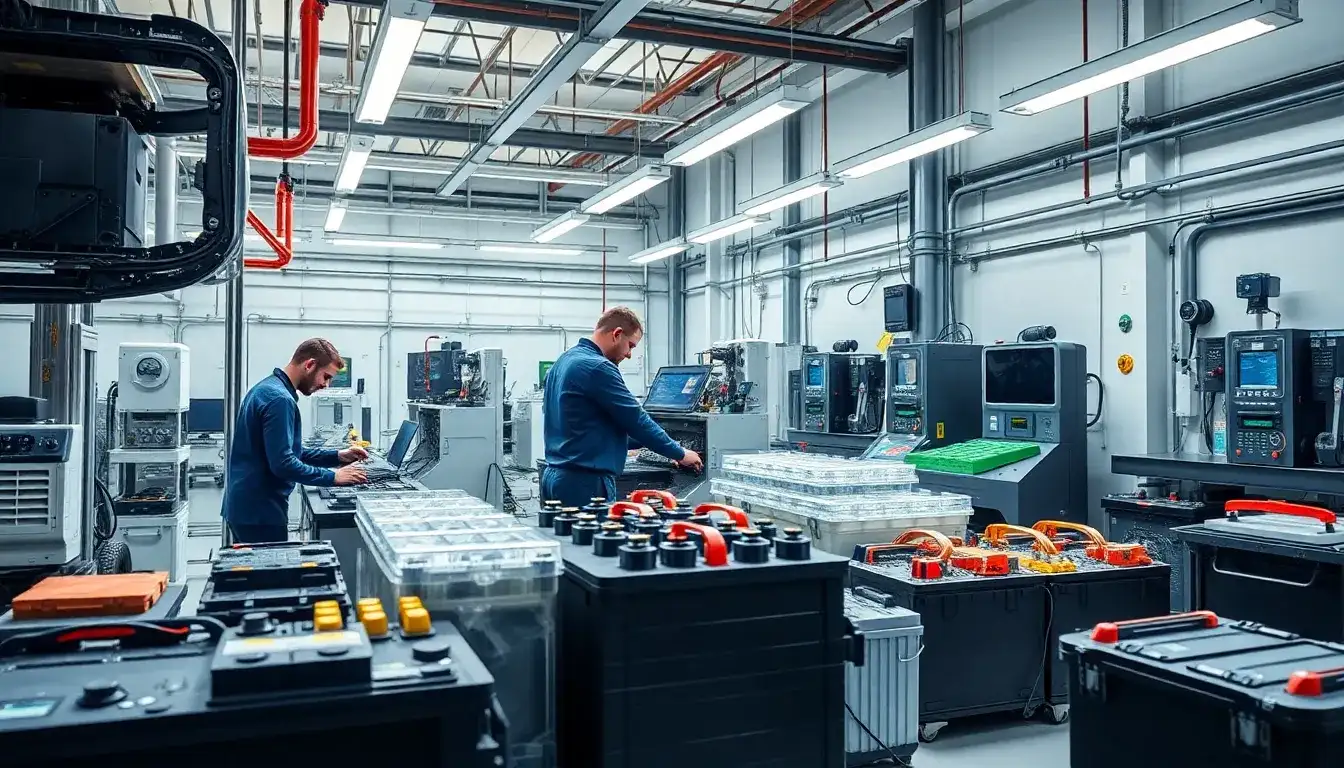
Recently, a Mercedes EQC350 owner from Yiwu, Zhejiang, shared a shocking quote for a battery replacement on social media, amounting to over 220,000 yuan, nearly half the vehicle’s recommended retail price. Fortunately, the owner was still within the manufacturer’s 8-year or 160,000 km battery warranty, meaning they did not have to bear the replacement cost. However, such a high estimate has raised concerns among electric vehicle (EV) owners.
In another instance, a Tesla Model S owner expressed frustration after being informed that their car needed to have its battery disassembled for inspection. The inspection alone could cost between 7,000 to 8,000 yuan, and if repairs were necessary, it would exceed 160,000 yuan. A complete battery replacement could reach as high as 220,000 yuan, while the current value of the vehicle is less than 160,000 yuan. Unfortunately for this consumer, their vehicle was out of warranty, meaning they would be liable for all repair or replacement costs.
Similar situations have arisen in international markets. A 2013 Tesla Model S owner in Finland was quoted $22,000 (approximately 160,000 yuan) for a complete battery replacement during a service check, far exceeding the vehicle’s second-hand value. Frustrated, the owner resorted to destroying the vehicle with explosives while live-streaming the event, attracting 223,000 viewers.
Why are electric vehicles, which market themselves on low operating costs, leading consumers into expensive repair dilemmas? The answer lies in the role of the power battery, a crucial component of electric vehicles that constitutes a significant portion of the overall vehicle cost. According to data from the China Insurance Research Institute, the average cost of a power battery pack accounts for 50.96% of the vehicle’s total price, with some models exceeding 50%.
Despite the price of lithium carbonate— a key raw material for power batteries— dropping dramatically from over 600,000 yuan per ton in 2022 to around 70,000 yuan per ton today, battery costs have not significantly decreased. This is due to the complex structure of battery packs, high safety requirements, rapid technological advancements, and substantial research and development expenses, which are predominantly controlled by a few core suppliers like CATL. As a result, the market and automotive manufacturers have limited pricing power, causing prices to remain high despite falling raw material costs.
Another issue is that while major repairs or engine replacements are rare for traditional fuel vehicles, battery degradation is an inevitable challenge for electric vehicles under current technology standards. Early adopters of electric vehicles face significant battery decline, safety, and durability issues, especially after their vehicles are out of warranty and subject to high repair costs.
One potential solution to these challenges is diversifying technology pathways. Various technologies, including lithium iron phosphate batteries, solid-state batteries, semi-solid batteries, and sodium-ion batteries, are being developed simultaneously. Continuous technological breakthroughs are essential.
Additionally, innovative power supply models are proving effective. NIO’s “battery swapping” model helps avoid the hassles of battery repair and replacement. This model has garnered popularity among users and received broad recognition in the industry. Numerous car manufacturers, including Changan, Geely, JAC, Chery, Lotus, GAC Group, and FAW Group, have signed battery-swapping cooperation agreements with NIO, leading to rapid development of the battery swap system.
However, the current state of high repair costs and difficulties in servicing electric vehicles has led to a series of cascading effects. For instance, insuring electric vehicles has become challenging as insurance companies struggle to cover the high costs of battery repairs and replacements, resulting in rising premiums for EV owners. Policies such as the Guiding Opinions on Deepening Reforms and Strengthening Regulation to Promote High-Quality Development of New Energy Vehicle Insurance have been introduced to address these issues.
Moreover, the significant portion of the battery in the total vehicle price and its degradation issues inevitably affect the resale value of used electric vehicles. According to the latest report from the China Automobile Circulation Association, the three-year depreciation rates for plug-in hybrid and pure electric vehicles are 47% and 45.2%, respectively, which is lower compared to over 52% for traditional fuel vehicles.
It’s worth noting that China’s new energy vehicle market has entered a phase of large-scale development since surpassing one million annual sales in 2018. With the typical vehicle replacement cycle in China being 4 to 6 years, an increasing number of electric vehicles will soon reach their renewal period, and many will also exceed their warranty period, making the issue of low resale values for used electric vehicles a more pressing topic.
In response, several automakers, including SAIC Volkswagen, Ford, SAIC General Motors, and Tesla, have introduced policies like “value buyback” and “limited-time value guarantees” to provide support for owners selling their used vehicles. NIO has also launched its Battery as a Service (BaaS) rental scheme, which helps consumers avoid the impact of core battery components on second-hand vehicle prices.







